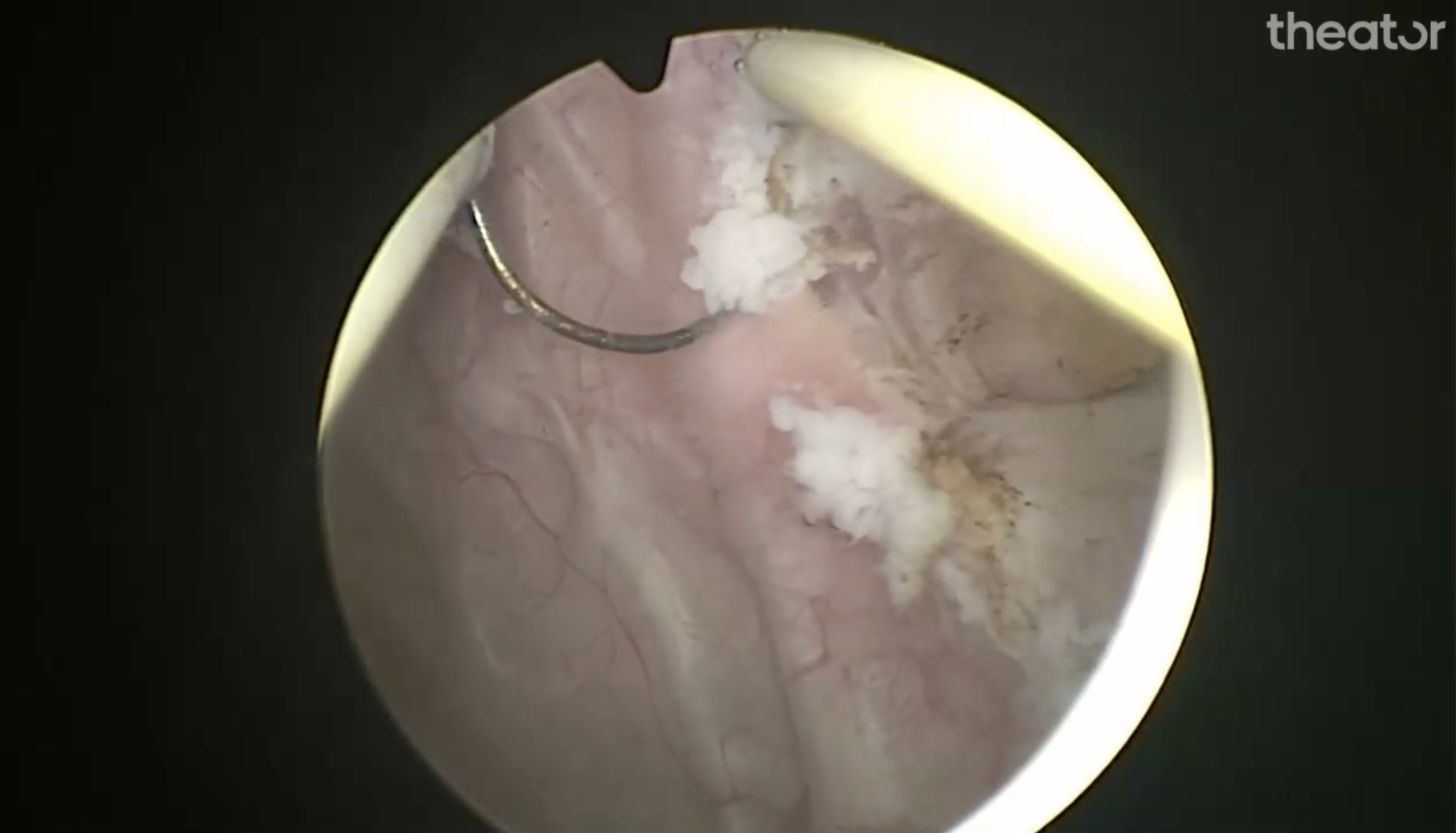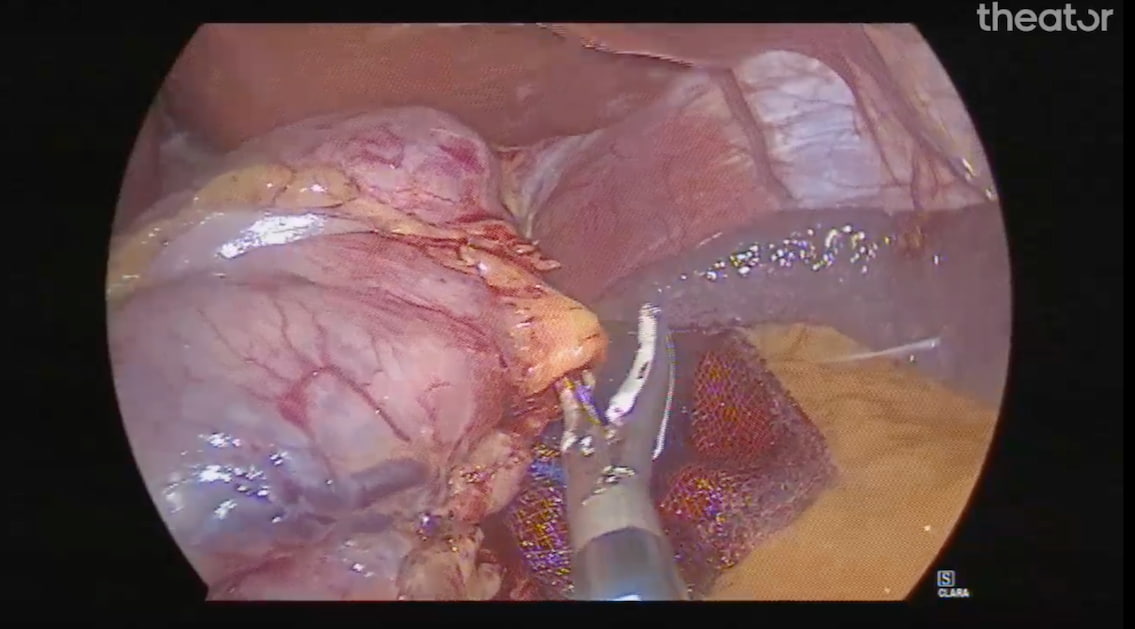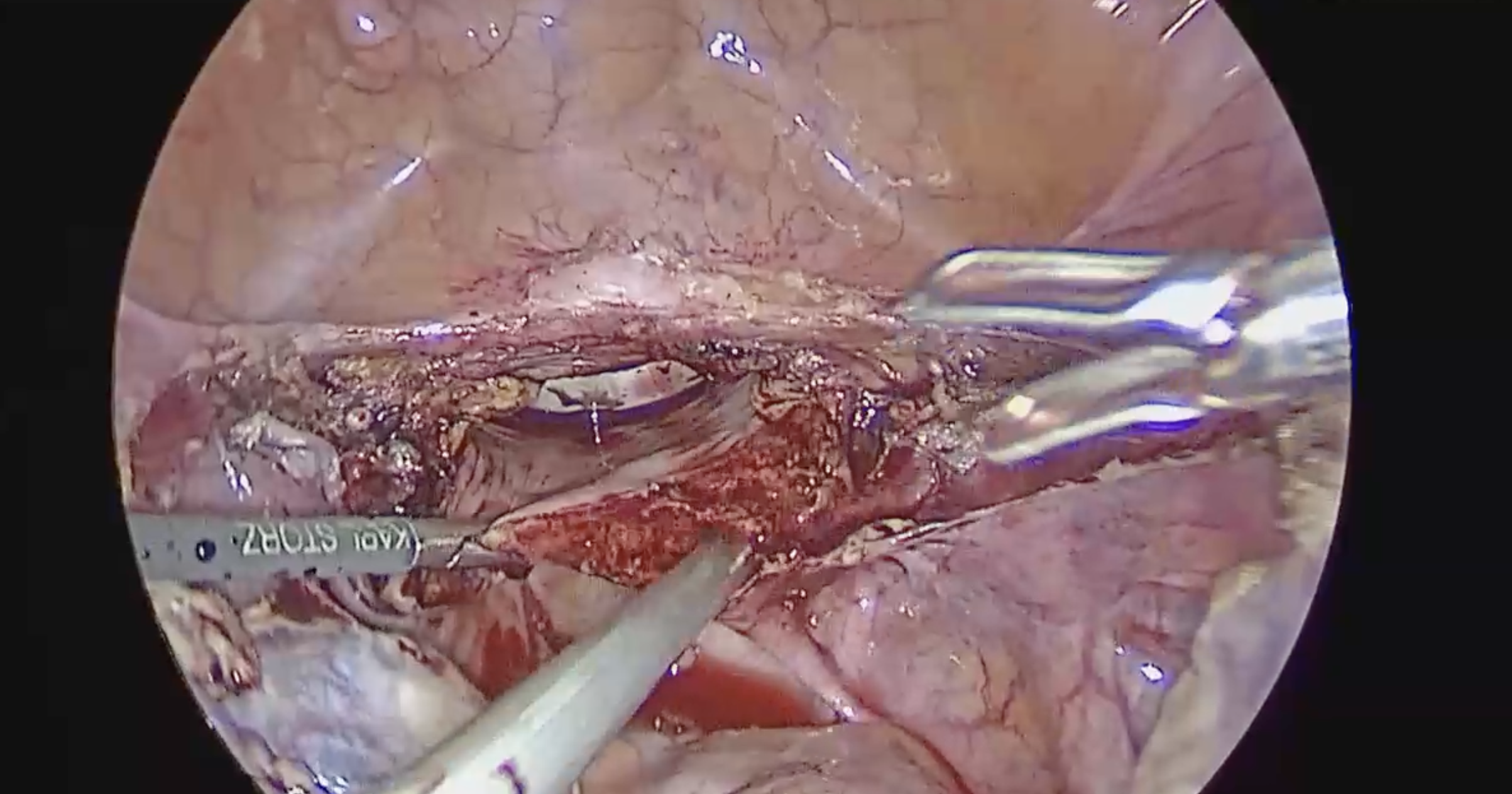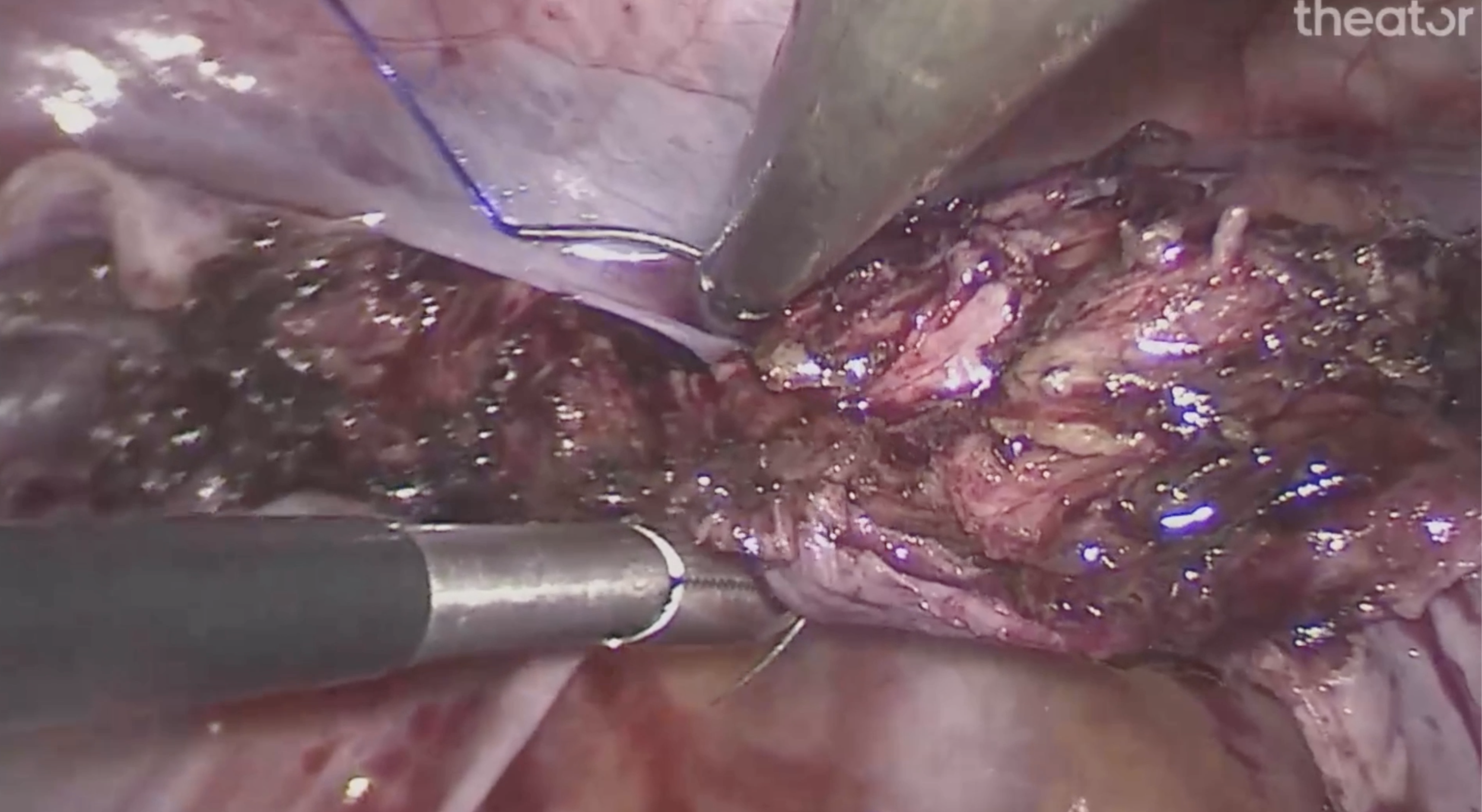The non-invasive surgical pathway needs the utmost care
There are over 80,000 new cases of bladder cancer in the US every year, making up about 4% of all cancers in the US. The most common noninvasive surgery for treating early-stage bladder cancer is a transurethral resection of bladder tumor (TURBT).
What can be done intraoperatively to minimize the risk of ureteral injury or obstruction?
Visualization of the ureteral orifices before and after the resection of the bladder tumor.
A TURBT procedure utilizes an endoscopic technique to remove the tumor from the bladder via the patient’s urethra. Overall, this outpatient procedure has relatively low risks and complications. Specifically, the rate of ureteral injury is very low, but ureteral obstruction is a bit more common, occurring in upwards of 13% of cases.
TURBT QUIZ:
Q: What can be done intraoperatively to minimize the risk of ureteral injury or obstruction?
A: Visualization of the ureteral orifices before and after the resection of the bladder tumor.
Q: How often is this done?
A: 64% before resection of the bladder tumor and 48% of the time after resection of the bladder tumor (n=1,177).
Q: Does this percentage change when you look across health systems?
A: Sure does.
Q: How about within health systems?
A: You bet. Check out our Spotlight report with the answers. >>













